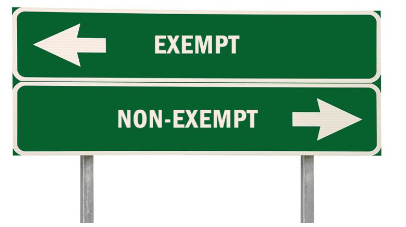Exempt from Rent Regulations
Last week, I wrote about selling a 10-unit fair-market building in Brooklyn, NY. I explained why the purchase was viable to demonstrate how the acquisition of multifamily in New York could prove fruitful for investors. Every transaction has two sides, and a good deal for a buyer must also be a good one for a seller. This week, I'll dive into the essential steps I took to create value for the seller.
For every opportunity a buyer has to buy a distressed property, there is an equal but opposite opportunity for the listing agent to defend the property's value and obtain great pricing and terms for the seller. Closing on bargain deals through relationships is easy. Thinking through why an asset can work for a given buyer is more challenging, but it opens up new avenues and methods for sellers and clients to perform transactions—sales, recaps, partnership buy-outs, etc.
In the sale of this property, some things were outside our control.
The timing of the sale could have been better. We waited until mortgage interest rates began to rise to list the property. Counterpoint: If the interest rates stay flat, the timing of the sale will be viewed favorably by investors in hindsight.
The sale of an almost equivalent building across the street anchored local buyers' pricing expectations to a level much lower than the deal's initial market value.
Finally, because the seller had sold some properties recently for high prices per square foot, it anchored his selling expectations much above the market's expectations.
Overcoming the friction between deal parties took work, but once I proved that the building was not subject to rent regulations, the path toward a sale became easier. The seller whom I represented understood my commitment to helping him achieve his terms and price goals and my ability to deliver.
"If it looks like a duck, swims like a duck, and quacks like a duck, then it probably is a duck." That's what the buyer pool would say about the building's fair market or rent stabilized status. We were trying to prove that a building that was obviously rent stabilized was actually not. It was a fool's errand. Even after I had the irrefutable evidence that the apartments were fair market and exempt from rent controls, some buyers remained hesitant to underwrite the property. But perseverance and good research won out, and I sold the building for a 38% premium to the building next door that was rent regulated.
For sellers who find themselves in similar predicaments, there are a few areas to check:
Homes and Community Renewal (HCR)
HCR is an excellent place to begin investigating your building's (or your prospective building’s) rent stabilized or fair market status. You can start by doing a rent stabilized building search here. If no results are found, going to the HCR and requesting documents can help.
The Department of Finance (DOF)
The DOF can provide little actionable data, but it can swiftly confirm a suspicion that a building is rent stabilized. The DOF levies additional fees for apartments subject to rent stabilization in a building (lol), and these extra fees are printed on property tax bills.
The DOB is a good resource for researching building history, and it can offer valuable insight into the original apartment counts at initial construction. The online website has property cards for each building in New York and sometimes also includes a Certificate of Occupancy (CO). This is very valuable. Ask for blueprints or microfilms. If there are no COs, ask for Letters of No Objections.
E-Housing Court of NY (by County)
Rent overcharge court decisions that favor building owners sometimes refer to building rent stabilization status—exempt from or subject to rent stabilization—and this can serve as strong evidence against rent regulation.
After proving that the building was exempt from rent controls, I made the buyer pool significantly more at ease, and the seller felt confident that he wasn't getting offers that treated the property as rent stabilized. Finally, offers were hundreds of thousands of dollars higher than they would have been without a fair market designation. A few lessons stood out to me from the sale:
Believe the client.
If the seller says her building has x, y, and z qualities, believe her. This is especially true for mom-and-pop clients, who know their assets better than anyone.
Do the research.
I understood some of the building's history prior to listing it, but I dove deeper into the history of the asset to try and better understand what I was dealing with and how to position that to better my client, the seller.
Pick the right broker.
Passing the NYS real estate licensing exam is very easy, which means the barrier to entry to becoming a licensed agent is very low. Consequently, some brokers have fewer qualifications than others. Sellers must know this and use discernment. Know who is committed to representing you and who is also effective in achieving outcomes.
Please get in touch with me for more information on what I did for the seller in this sale.
I am bullish on NYC multifamily.
Call me: 212 658 1471.


